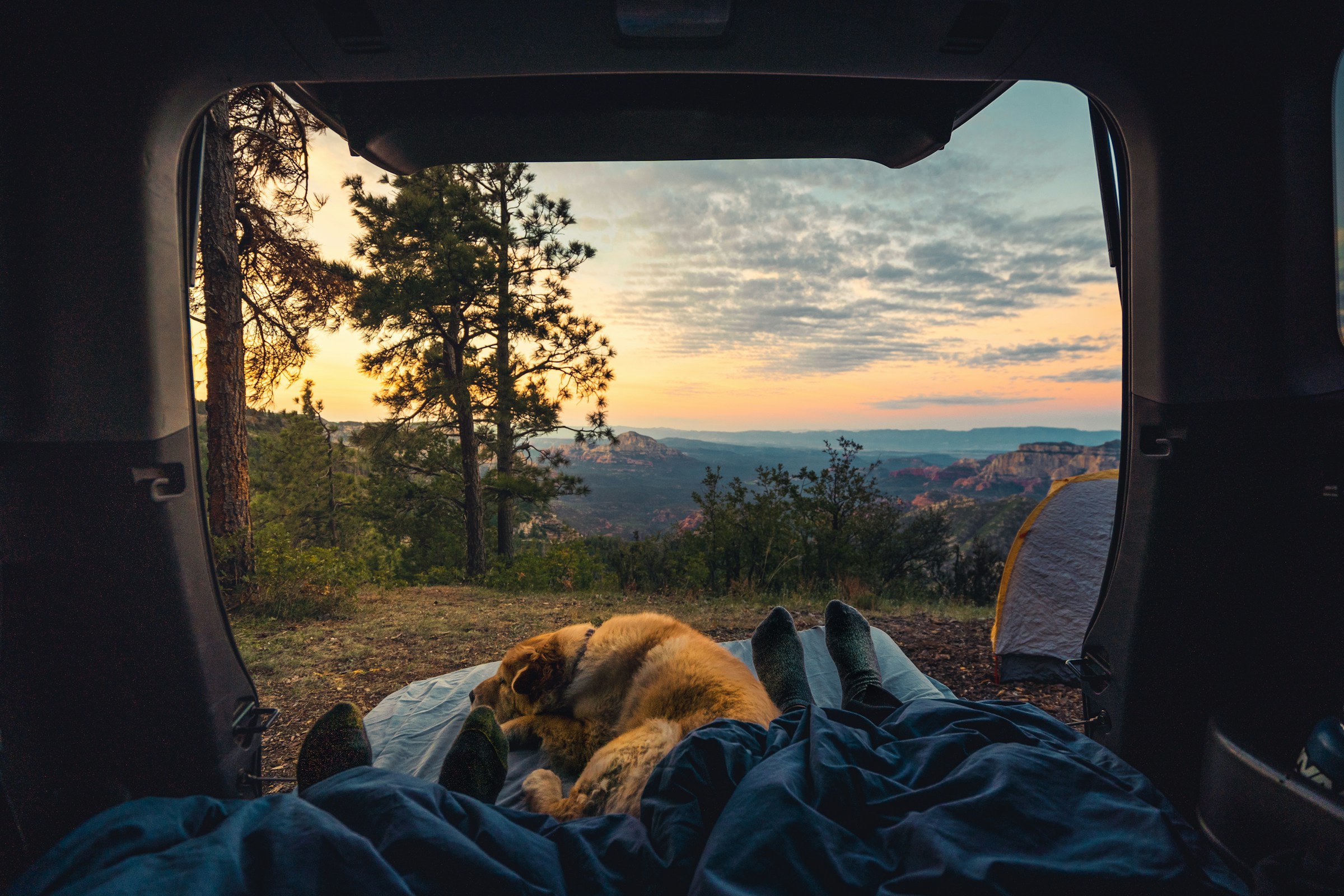
How can you prepare for and manage midge swarms when camping in Northern Scotland?
In the heart of the Scottish Highlands, you can find some of the most breathtaking views on Earth. The verdant landscape, sprinkled with ancient castles and mirrored lochs, offers an idyllic setting for camping enthusiasts. Though the picturesque beauty is undeniable, one should prepare to face a rather pesky issue - midges. These tiny flying insects known for their biting habits, can be a major annoyance, especially during the warmer months. Fortunately, with the right information and preparation, dealing with midges doesn't have to be a nightmare.
Understanding Midges in Scotland
Before we delve into how you can manage these tiny annoyances, it's important to understand midges. Midges, often confused with mosquitoes, are small two-winged flies that are prevalent in Scotland, especially in the northern regions. Unlike mosquitoes, they do not transmit diseases but their bites can cause itching and discomfort.
Avez-vous vu cela : What are the best strategies for ensuring water conservation at your UK campsite during drought conditions?
Mid-season in Scotland runs between May and September, peaking in July and August when the weather is warmest. However, midges will only find you attractive when there's little wind and the weather conditions are warm and damp. So, if you're planning to camp during this period, prepare to encounter these creatures.
How to Prepare for Midge Swarms
Preparation is key when it comes to handling midges. The first step in your preparation should be to pack the best midge repellent you can find. Midge repellents contain chemicals like DEET or Picaridin, which deter these tiny insects from landing on your skin and biting you.
Avez-vous vu cela : How do you effectively deal with sudden fog banks while hiking during a camping trip in the Welsh mountains?
When shopping for a midge repellent, consider its DEET concentration. The higher the concentration, the longer the protection it offers. Repellents with a DEET concentration of between 20% and 50% are often recommended for best protection.
Also, consider wearing midge-proof clothing. This includes long-sleeved shirts and long trousers, preferably in light colours as midges are attracted to dark shades. A midge net for your head can also provide extra protection.
Identifying and Avoiding Midge Hotspots
As you plan your camping trip, it’s essential to know where midges are most likely to gather. Midges thrive in warm, damp places with little wind. They're often found near water sources, like lochs and bogs, and in wooded areas, especially at dawn and dusk.
To avoid midges, consider camping on higher ground where there's usually more wind. Midges are weak fliers and can't withstand strong breezes. Also, try to avoid being outdoors at dawn and dusk when midges are most active.
What to do if You're Bitten by Midges
Despite your best efforts to avoid them, you might still get bitten by midges. Don’t panic, though. Midge bites are harmless, though uncomfortable. They can cause red, itchy bumps on the skin.
To alleviate the discomfort, apply a soothing cream or gel to the affected area. Over-the-counter remedies containing hydrocortisone can reduce itching and inflammation. If you're prone to severe reactions, it might be a good idea to pack some antihistamine tablets.
Natural Remedies and DIY Midge Repellents
For those who prefer a more natural approach, there are several DIY midge repellents and remedies you can use. Essential oils, especially citronella and eucalyptus, are known to repel midges. You can mix these oils with a carrier oil and apply it to your skin.
Garlic is another natural repellent. Some campers swear by eating garlic or taking garlic supplements to keep midges at bay. However, there's little scientific evidence to support this, so it's best to use this method in conjunction with other repellents.
In conclusion, dealing with midges during your camping trip in Northern Scotland is all about preparation and understanding their habits. By taking these steps, you can enjoy your trip without letting the midges bite into your fun.
Creating a Midge-Free Zone
In order to fully enjoy the beautiful nights under the starlit Scottish skies, creating a midge-free zone could be an effective strategy. Midges are attracted to carbon dioxide and other scents produced by humans. Therefore, smoke or strong smells can serve as effective deterrents.
Consider using midge coils or citronella candles to create a smoke barrier. These coils, when lit, produce a mild smoke that repels midges. The smell of citronella is also known to deter midges. Therefore, placing citronella candles around your camping area can help keep these pests at bay.
Another less traditional method is the use of an insect repellent device. These devices emit a scent that mimics the smell of a large mammal, thereby confusing and deterring midges.
Ensure you set up your tent at a distance from your cooking and dining area. Midges are attracted to food smells and the heat from cooking. Therefore, keeping your sleeping area separate can help limit your exposure to midges.
Moreover, remember to keep your tent zipped at all times to prevent midges from entering. A midge net over the entrance of your tent can provide an extra layer of protection.
The Role of Weather in Midge Activities
Scottish midges are heavily influenced by weather conditions. As mentioned earlier, midges are most active during warm, damp conditions and are less active in windy conditions. However, there are other weather-related factors that can affect midge activities.
During the midge season, rainfall can have a significant impact. After a rain shower, midges often come out in large numbers. This is because the humidity after the rain provides ideal conditions for them.
On the other hand, if the weather is particularly dry for a prolonged period, the midge population can decrease. This is due to the lack of suitable breeding conditions, as midge larvae need damp soil to develop.
The time of day also plays a vital role. Midges are most active during early morning and late evening, as these times offer the perfect temperature and humidity. They are also less likely to be active in bright sunlight, so the middle of the day can be a more comfortable time to explore the Scottish Highlands.
Conclusion
Camping in the stunning landscape of Northern Scotland should be a memorable experience. Don't let the presence of midges hinder your trip. By being aware of the midge season, understanding their habits, and taking preventive measures, you can ensure that you're well-equipped to manage potential midge encounters.
Invest in quality midge repellent, wear appropriate clothing, and be mindful of the sites you choose to set up your camp. Remember to consider natural remedies and DIY repellents if you prefer a less chemical approach. And most importantly, keep in mind that despite their nuisance, midges play a crucial role in Scotland's ecosystem, providing food for various bird and fish species.
Respect the environment, take only memories, and leave only footprints behind. With the right approach and attitude, you can embrace the true spirit of camping amidst the lush beauty of the Scottish Highlands without letting midges bite into your fun.
